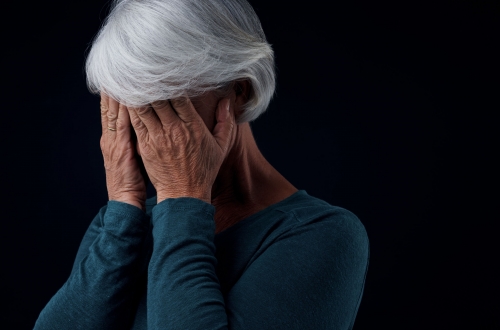Warning: Invalid argument supplied for foreach() in /home1/redcare1/public_html/wp-content/themes/uplift/swift-framework/content/sf-post-formats.php on line 89

Mental health resonates with an identified level of psychological well-being or the absence of a mental illness. Further expressed, it is that psychological state of someone who is functioning at a satisfactory level of emotional and behavioral adjustment. The achieved performance of mental function, creating productive activities, fulfilling relationships with other people, and providing the ability to adapt to change and cope with adversity can also be identified as mental health. In summary, it is how we think, feel and behave.

Mental illness is not uncommon in Nigeria. The World Health Organization (WHO) estimates that about 4% of Nigerians suffer from depression. Yet, there is considerable neglect of mental health in Nigeria, and those who visibly suffer from mental illness are largely stigmatized. For example, individuals who show symptoms of psychosis (hearing voices or seeing things that are not there) are often labelled as “crazy”, publicly beaten and deprived of rights essential to dignified living. Individuals suffering from mental illness are generally seen as dangerous, regardless of their type or diagnosis of mental illness.
However, mental illness is a flaw as regards mental health. Humans are prone to diagnosable mental disorders at any age in life which are altercations in thinking, mood, or behavior associated with stress or impaired functioning. The most common mental disorders are; anxiety disorders, mood disorders, and schizophrenia disorders.

Anxiety disorders: An individual experiences a severe fear or anxiety regarding certain objects or situations. Example of these disorders include:
- Panic disorder– the patient experiences sudden paralyzing terror or a sense of imminent disaster.
- Phobias– may include simple phobias (a disproportionate fear of objects), social phobias (fear of being subject to the judgment of others), and agoraphobia (dread of situations where getting away or breaking free may be difficult). There are loads of unknown phobias.
- Obsessive-compulsive disorder (OCD)– the person has obsessions and compulsions. There are constant stressful thoughts (obsessions), and a powerful urge to perform repetitive acts (compulsion), such as hand washing.
- Post-traumatic stress disorder (PTSD)– this can occur after somebody has been through a traumatic event – something horrible or frightening that they experienced or witnessed. Here, the person thinks that their life or other people’s lives are in danger. They may feel afraid or feel that they have no control over what is happening.

Mood disorders: The patient experiences significant changes in mood, generally involving either mania (elation) or depression. Also called affective disorders or depressive disorders.
- Major depression– the individual is no longer interested in and does not enjoy activities and events that they previously liked. There are extreme or prolonged periods of sadness.
- Bipolar disorder– previously known as manic-depressive illness, or manic depression. The individual switches from episodes of euphoria (mania) to depression (despair).
- Persistent depressive disorder– previously known as dysthymia, this is mild chronic (long term) depression. The patient has similar symptoms to major depression but to a lesser extent.
- SAD (seasonal affective disorder)– a type of major depression that is triggered by lack of daylight. It is most common in countries far from the equator during late autumn, winter, and early spring.
Schizophrenia disorders: It is yet to be fully determined whether or not schizophrenia is a single disorder or a group of related illnesses as it is a highly complex condition. It normally begins between the ages of 15 and 25. The individual has thoughts that appear fragmented; they also find it hard to process information.
Schizophrenia has negative and positive symptoms. Positive symptoms include delusions, thought disorders, and hallucinations. Negative symptoms include withdrawal, lack of motivation, and a flat or inappropriate mood.
EARLY SIGNS
One cannot completely identify when someone is developing a mental illness, however, if some signs surface within a short span of time, it might be possible. These include; withdrawal from people/activities; sleeping/eating too much or too little; consistent low energy; displaying unusual emotions; confusion; thoughts/memories reappearing regularly; thinking so self-harming or harming others; hearing voices; abusing drugs and alcohol; and delusions.

TREATMENT
There exist various ways to threat mental illness, which could be applied individually or collectively to produce the best results in patients; although, experts say a well-informed patient is probably the best judge of what treatment suits them. Treatment includes;
- Psychotherapy (talking therapies) – this is a psychological approach to treating mental illness. Cognitive behavioral therapy (CBT), exposure therapy, and dialectical behavior therapy are examples.
- Medication – although it cannot cure mental disorders, some medications can improve symptoms.
- Self-help – including lifestyle changes such as reducing alcohol intake, sleeping more, and eating well.
Every one of us can help ourselves or others around us when it comes to mental health awareness. Endeavor to identify early signs spot-on and seek the closest treatment available immediately so as to prevent it from worsening with time.
- Chima Ordu, Admin Intern at Redcare HMO.



